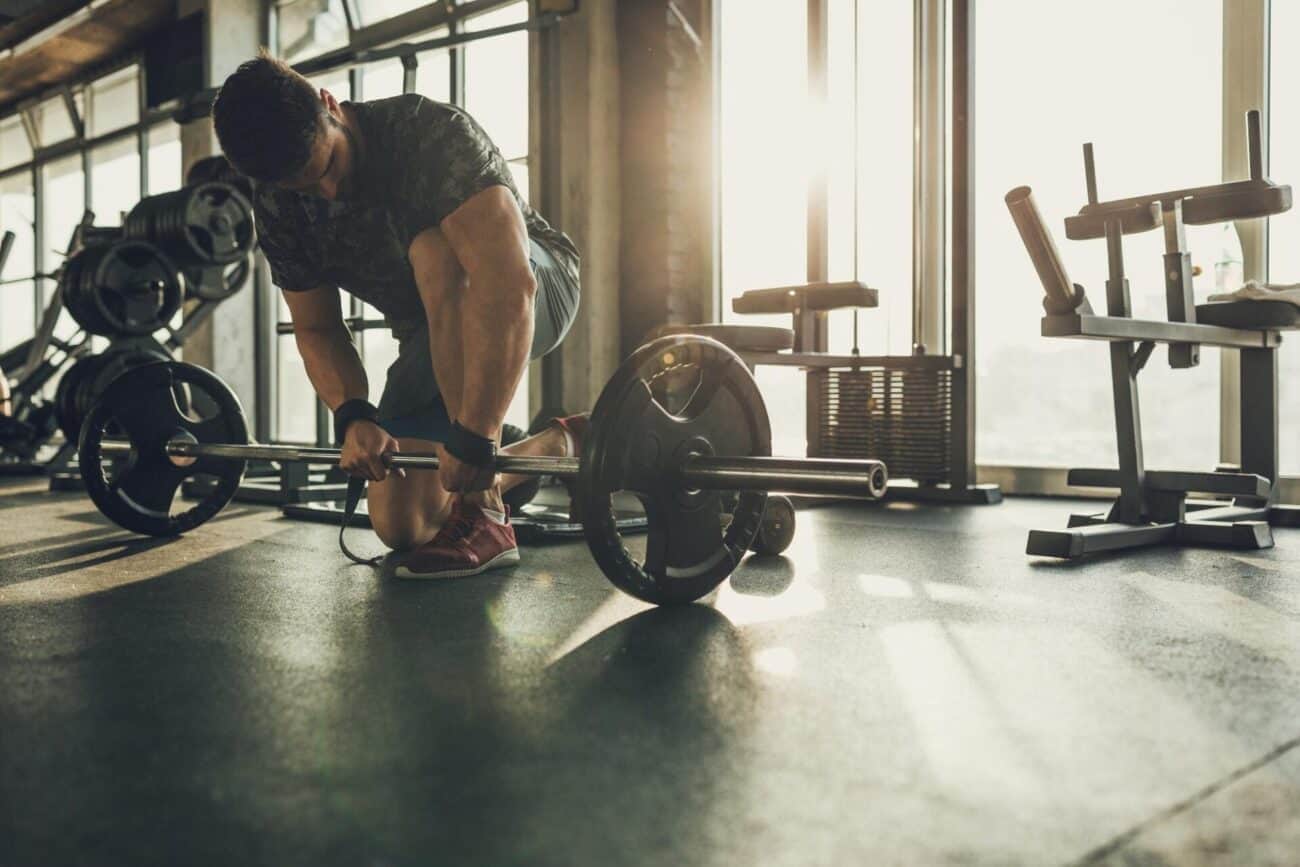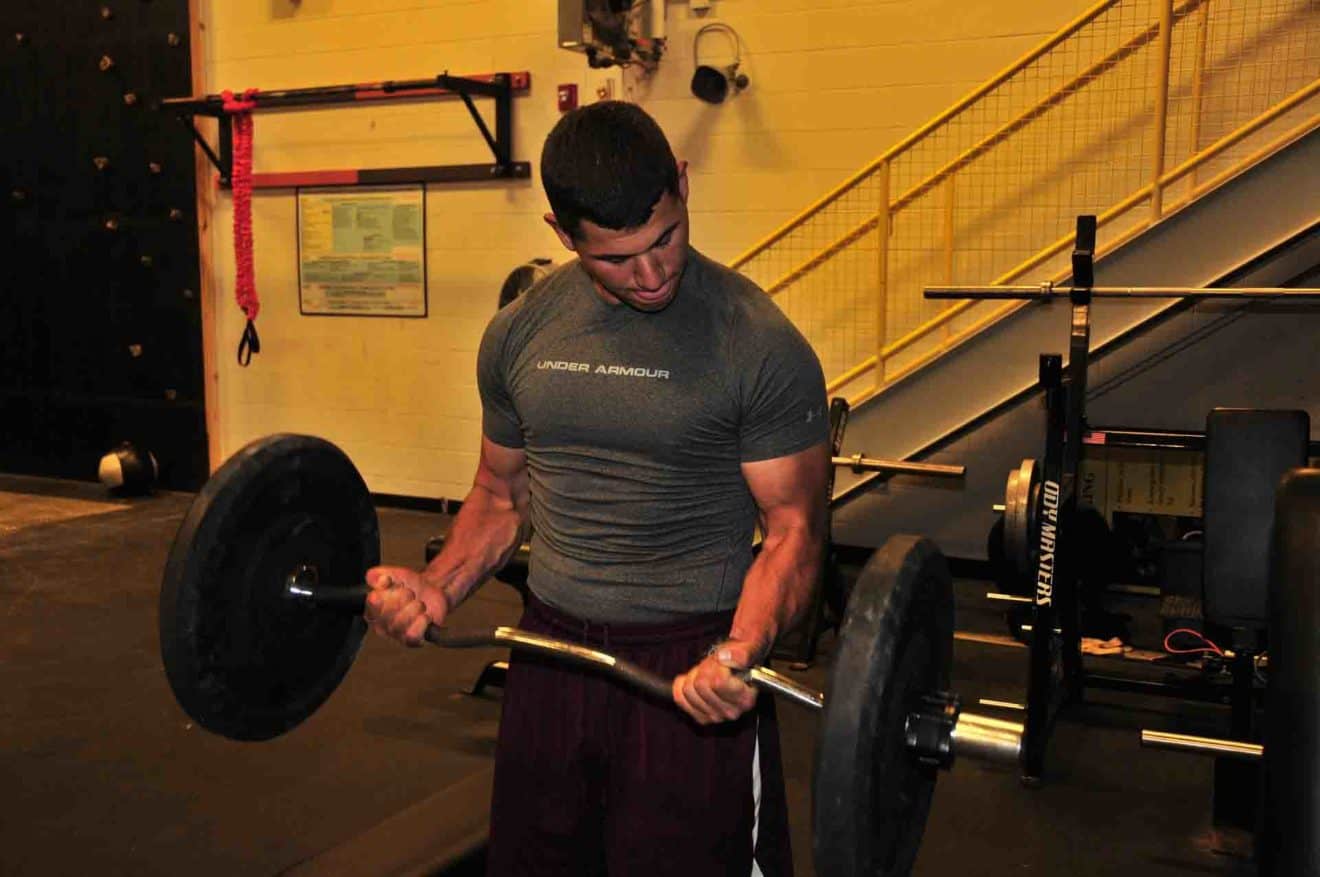Hypertrophy and how you can optimize it
If you want to increase your muscle mass, it is essential to know what the three main factors are that make this happen, and if you still don't know what they are? it's a good idea to read this article!
Today we are going to address a subject relating to training concepts and their impact on the phenomena of muscular hypertrophy.
First of all, let's start by identifying what hypertrophy is.
Hypertrophy
Hypertrophy is the increase in the volume of an organ or structure of the organism due to exaggerated proliferation of its cells (hyperplasia), or due to an increase in cell volume.
Organic hypertrophy can be caused by greater effort or work by an organ (hypertrophy of the walls of the heart cavities, for example).
In other words, hypertrophy is the growth of muscle cells.
Basically, it's the factor that leads most people to look for a gym (apart from losing fat at the same time).
Whether because they want an aesthetically appealing body, or just because they want to improve their performance in a competitive sport, gaining muscle mass tends to be a preponderant factor.
There are two types of hypertrophy.
myofibrillar ? Growth of contractile fibers.
Sarcoplasmic ? It represents an increase in glycogen and water storage, among other things.
There is also a phenomenon called Hyperplasia, which consists of an increase in the number of cells, which will not be our focus in this article.
The science surrounding muscle hypertrophy suggests that there are three main mechanisms.
- Mechanical tension
- Muscle damage
- metabolic stress
Mechanical Tension
Induced mechanical tension is considered essential for muscle growth, and continuous stimulation has an additive effect.
What does this mean?
It means that overload through mechanical tension increases muscle mass, while reducing this same overload results in atrophy.
The effect of mechanical tension is so pronounced, due to the fact that it is associated with exercise with weights, that it proves a disturbance to musculoskeletal integrity.
While mechanical tension alone can induce hypertrophy, it is extremely unlikely to be solely responsible for the muscle gains associated with exercise.
In fact, there is evidence that certain types of training, which involve high levels of muscular tension (heavy training being > 90% 1RM for moderate volumes), tend to generate great neurological adaptations, without equivalent gains in hypertrophy.
One way to ensure sufficient mechanical tension is through a progressive increase in loads and/or volume, using loads equal to or greater than 65% of your 1RM.
Muscle Damage
Exercising with weights can cause local muscle damage, which under certain conditions, and in theory, will generate a hypertrophic response.
This conclusion is based on the fact that when muscle damage occurs, several signals are released by the body that regulate the proliferation and differentiation of satellite cells.
Metabolic Stress
There are many studies supporting an anabolic function caused by metabolic stress.
Although metabolic stress alone does not appear to represent an essential component for muscle growth, there is evidence that it can have a major hypertrophic effect.
This aspect is proven, and can be observed empirically in the training sessions of the best-known bodybuilders, which are composed of moderate intensity (i.e., sufficient mechanical tension) and enormous metabolic stress (through advanced techniques, such as supersets, drop sets, giant series, etc.).
Therefore, despite the concept of progressive overload and increased loads (intensity and RM), we must include moderate repetitions in training, if the aim is muscular hypertrophy.
Each of the mechanisms described above is produced under different forms of training, and if the aim is to gain as much muscle as possible, we must focus on working on these three mechanisms.
Furthermore, all mechanisms are interconnected, and it is impossible to train “just one”, but it is possible to focus on some of these factors in some phases/training sessions/months.
And now, what do we do with this information?
Basically, by understanding how the processes involved in muscular hypertrophy work, it becomes simpler to build your training.
Some tips that may be useful:
Training solely focused on strength is a form of mechanical tension, but it is not the only way to gain muscle mass.
In fact, if the training consists of too high intensities and low volumes, hypertrophy gains may be less than expected.
Try to take advantage of the various repetition windows.
Low reps ? The harder we train, the greater the mechanical tension produced.
Average reps ? The greater the volume of training applied, within our fatigue management, the greater the metabolic stress.
High reps ? High reps can be used on small muscles, and/or metabolic training days/blocks.
Some variation in training is important to cause muscle damage.
However, this variation should not be too frequent, as it is difficult to guarantee progressive overload in the long term.
Although DOMS, or post-workout pain, is not a metric for effective training, it makes sense to feel it regularly as a way to assess whether there are some new stimuli for your body.
The effects on hypertrophy have no gender, that is, the rules discussed in the article apply to both men and women.
Finally, here is an infographic with a summary of the concepts in this article.
[toggle title=?Useful sources? state=?close? ]https://www.musculacao.net/fatores-estimulam-hipertrophia-muscular/
[1] ? Mechanism of Muscle Hypertrophy by Brad Schoenfeld
Special thanks to Steve Hall for the great infographic idea.[/toggle]
Article written by Team Sik Nutrition
[author image=”https://ginasiovirtual.com/wp-content/uploads/2016/01/logo-sik.jpg” ]Team Sik Nutrition is a recent group of people passionate about the world of Fitness. The Team's focus is to guide, educate and motivate those interested in achieving their health and fitness/performance goals. All this sharing is based on scientific facts and the experience of Team members.
The CEO of Team Sik Nutrition is João Gonçalves. Amateur powerlifter, passionate about Fitness and writing articles.
[/author]






